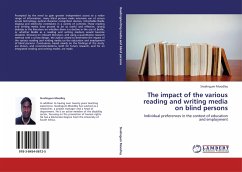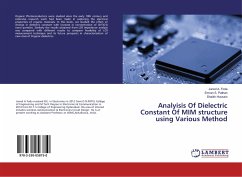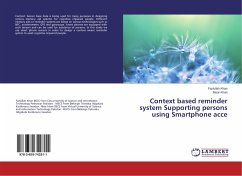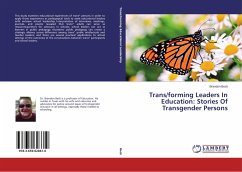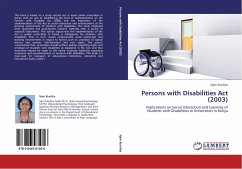Prompted by the need to gain greater independent access to a wider range of information, many blind persons make extensive use of screen access technology, optical character recognition devices, refreshable Braille displays and electronic notetakers in a variety of contexts. These reading and writing media have proved to be so useful and effective, raising debates in the literature on whether there is a decline in the use of Braille, or whether Braille as a reading and writing medium would become obsolete. Drawing on relevant literature, and using a quantitative research method with a survey design, the author aimed to determine the impact of the various reading and writing media on the education and employment of blind persons. Conclusions, based mainly on the findings of the study, are drawn, and recommendations, both for future research, and for an integrated reading and writing model, are made.

